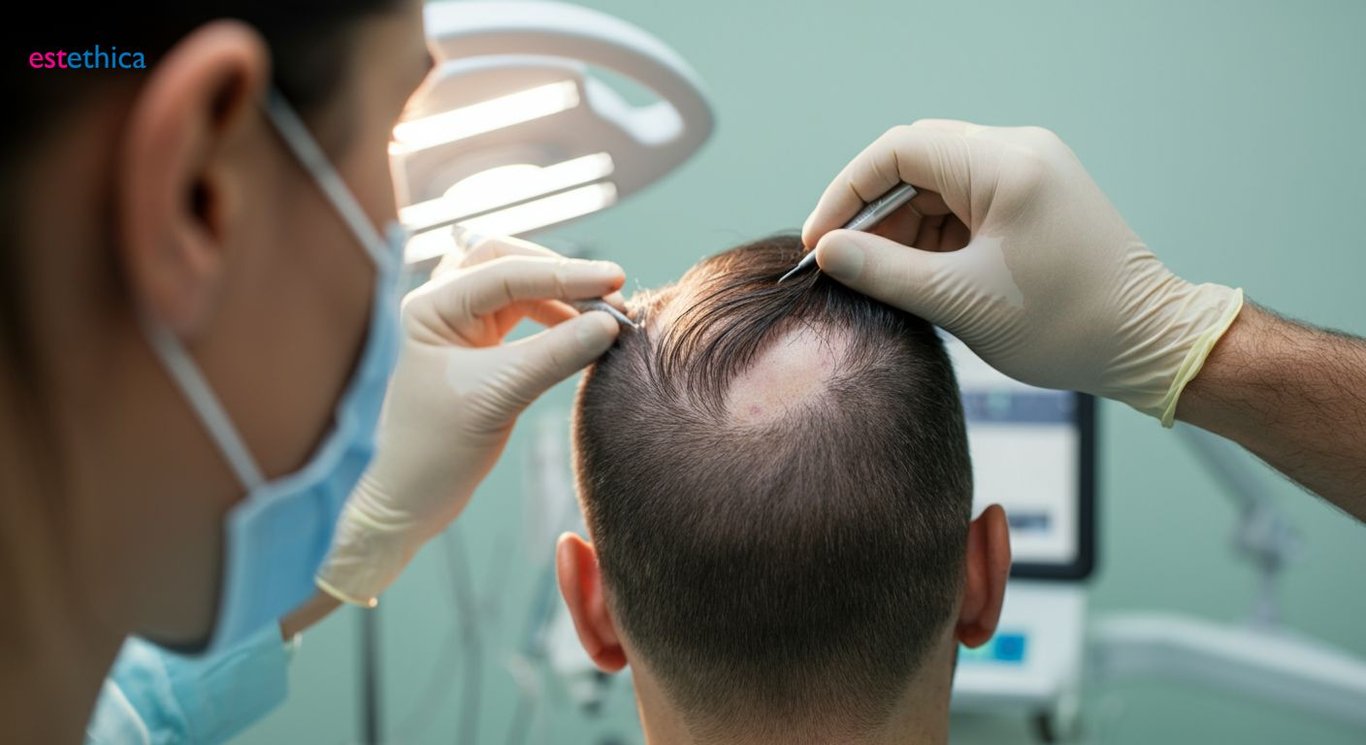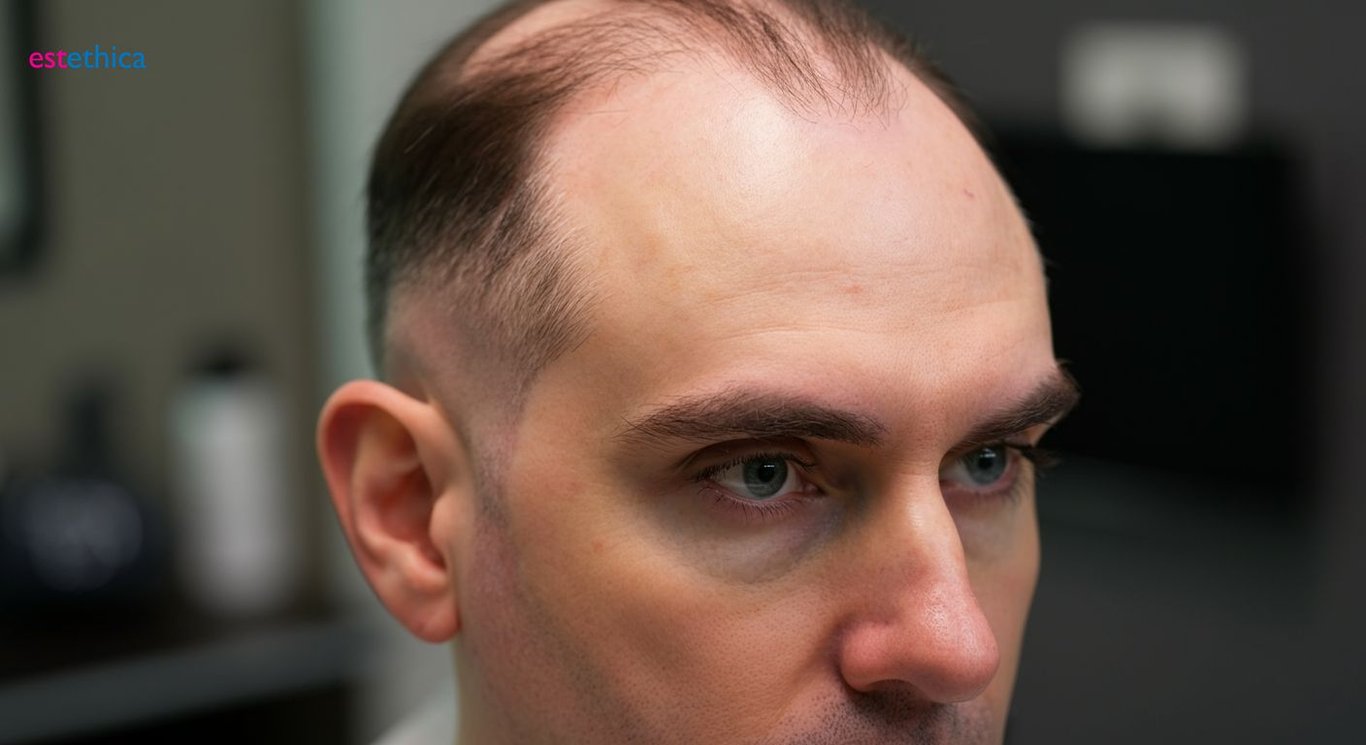Unlock Your Hair's Potential: A Guide to Hair Transplant Success
Uncover the secrets of achieving hair transplant success and revive your hair's glory with cutting-edge techniques and expert care.
Hair transplants offer a life-changing opportunity for those struggling with hair loss. Understanding the options, recovery, and long-term care are crucial for success. This guide delves into modern techniques, provides recovery insights, and explores the permanence of hair implants.
Understanding Hair Loss Treatment Options: Which is Right for You?
Exploring Surgical Hair Restoration Techniques
Surgical options remain a popular choice for many seeking a permanent solution to hair loss. Hair transplant procedures, such as Follicular Unit Extraction (FUE) and Follicular Unit Transplantation (FUT), involve transplanting hair follicles from denser areas of the scalp to thinning or balding areas. These techniques can provide natural-looking results, but the effectiveness depends on factors like the extent of hair loss and the individual's hair characteristics.
For example, consider three different individuals: the first, with early-stage hair loss, might benefit greatly from FUE due to its minimal scarring. The second individual, with more advanced hair loss, might require FUT for greater coverage. Finally, someone seeking a non-shaven hair transplant might opt for a specialized FUE technique. According to recent studies, patients who undergo hair restoration surgery report a 90% satisfaction rate with the aesthetic outcome.
Key Factors in Choosing a Suitable Treatment
- Hair Loss Pattern: Treatments must align with the progression and type of hair loss, ensuring the selected approach addresses the specific areas and degree of thinning.
- Health Conditions: Pre-existing health issues can influence treatment suitability. For example, certain medications may interact with hair loss treatments or affect recovery.
- Lifestyle Considerations: Lifestyle factors like diet, stress levels, and daily activities can influence the success of hair loss treatments.
Selecting the appropriate hair loss treatment requires a personalized approach, considering individual factors and expectations. Consulting with experts to explore whether best hair transplant clinics near me can help assess your condition will help determine the best course of action for effective hair restoration. Many people are curious about hair restoration following buzz around elon musk hair implant.

Fue Hair Transplant: The Modern Approach to Hair Restoration
Understanding Follicular Unit Extraction (FUE)
Discover the FUE technique's precision and effectiveness in restoring natural-looking hair. Follicular Unit Extraction (FUE) is a minimally invasive hair transplant method that involves extracting individual hair follicles from the donor area, typically the back or sides of the scalp, and transplanting them to the areas affected by hair loss. This method is favored for its precise approach, leaving no linear scar and allowing for quicker recovery.
Consider these examples: an individual seeking to conceal minor receding hairlines, someone desiring a natural-looking hairline, or a person with limited donor hair. A clinic in Los Angeles might specialize in FUE, offering advanced techniques to cater to diverse needs. FUE procedures have seen a 40% increase in popularity due to their minimally invasive nature and natural results.
Benefits of Choosing FUE Hair Restoration
- Minimal Scarring: FUE leaves tiny, almost invisible dot-like scars, making it ideal for those who prefer shorter hairstyles.
- Natural Results: The precise extraction and placement of individual follicles ensure a natural and seamless appearance.
- Shorter Recovery Time: Patients typically experience a quicker recovery compared to traditional strip methods, with most returning to normal activities within days.

Hair Transplant Recovery Time: What to Expect After Your Procedure
Immediate Aftercare Following a Hair Transplant
The initial days after a hair transplant are crucial for ensuring the grafts take successfully. Patients should adhere strictly to their surgeon's guidelines, which typically include avoiding strenuous activities and keeping the scalp clean and protected. Some swelling and discomfort are normal during this period and can be managed with prescribed medications. Understanding what is the recovery time for hair transplant is critical to achieving optimal results.
Consider these scenarios: a patient undergoing a FUE hair transplant for a fuller beard, an individual who had hair restoration to address a receding hairline, or someone opting for turkish hair implants looking for specific aftercare advice. Typically, about 10% of transplanted hair might shed within the first few weeks, which is a normal part of the process.
Long-Term Recovery and Growth Timeline
- First Few Weeks: Redness and scabbing gradually subside. Follow gentle washing instructions, as provided by your surgeon, using recommended shampoos.
- 3-6 Months: New hair begins to grow, although it may appear thin initially. Be patient and continue following post-operative care guidelines.
- 9-12 Months: Significant hair growth is visible, with continued thickening and maturation of the transplanted hair.

Is Hair Transplant Permanent? Longevity and Continued Hair Care
The Enduring Nature of Hair Transplants
The enduring nature of hair transplants is a common concern for individuals considering the procedure. While transplanted hair is designed to be permanent, its longevity can depend on several factors, including the quality of the transplant, the individual’s health, and post-operative care. Understanding these elements is essential for maintaining a fuller head of hair for years to come. Therefore, individuals exploring options such as affordable hair transplant options need to consider long-term maintenance.
For example, imagine someone who had FUT hair transplant experiencing consistent growth for over ten years, demonstrating the procedure's lasting results. Conversely, someone neglecting post-transplant care might see diminished results over time. Additionally, a person with ongoing hair loss due to genetic factors might require additional hair restoration to maintain density. Studies show that proper maintenance and care can extend the life and appearance of transplanted hair by up to 25%.
Essential Steps for Prolonging Hair Transplant Results
- Follow Post-Operative Instructions: Strict adherence to the surgeon's guidelines after hair transplant helps ensure proper healing and graft survival.
- Maintain a Healthy Lifestyle: A balanced diet, regular exercise, and stress management contribute to overall hair health.
- Consistent Hair Care Routine: Use gentle, recommended products and avoid harsh treatments that could damage transplanted hair.
- Regular Scalp Massages: Stimulate blood flow to the scalp, fostering a healthier environment for hair growth.
- Minimize Sun Exposure: Protect the scalp from excessive sun to prevent damage to both native and transplanted hair.
- Stay Hydrated: Drinking enough water supports the overall health of hair follicles and ensures optimal growth.
FUE Hair Transplant: Minimally Invasive Precision for Natural-Looking Hair Restoration
Personalized Recovery Plans and Strict Adherence to Aftercare Protocols at estethica
Frequently Asked Questions
What are the primary surgical hair loss treatment options available?
What is FUE hair transplant and what are its benefits?
What should I expect during the hair transplant recovery time?
Is a hair transplant permanent and how can I ensure its longevity?
Ready to discover your healthy beauty with estethica's expert team?
📞 Book Your Free Consultation!